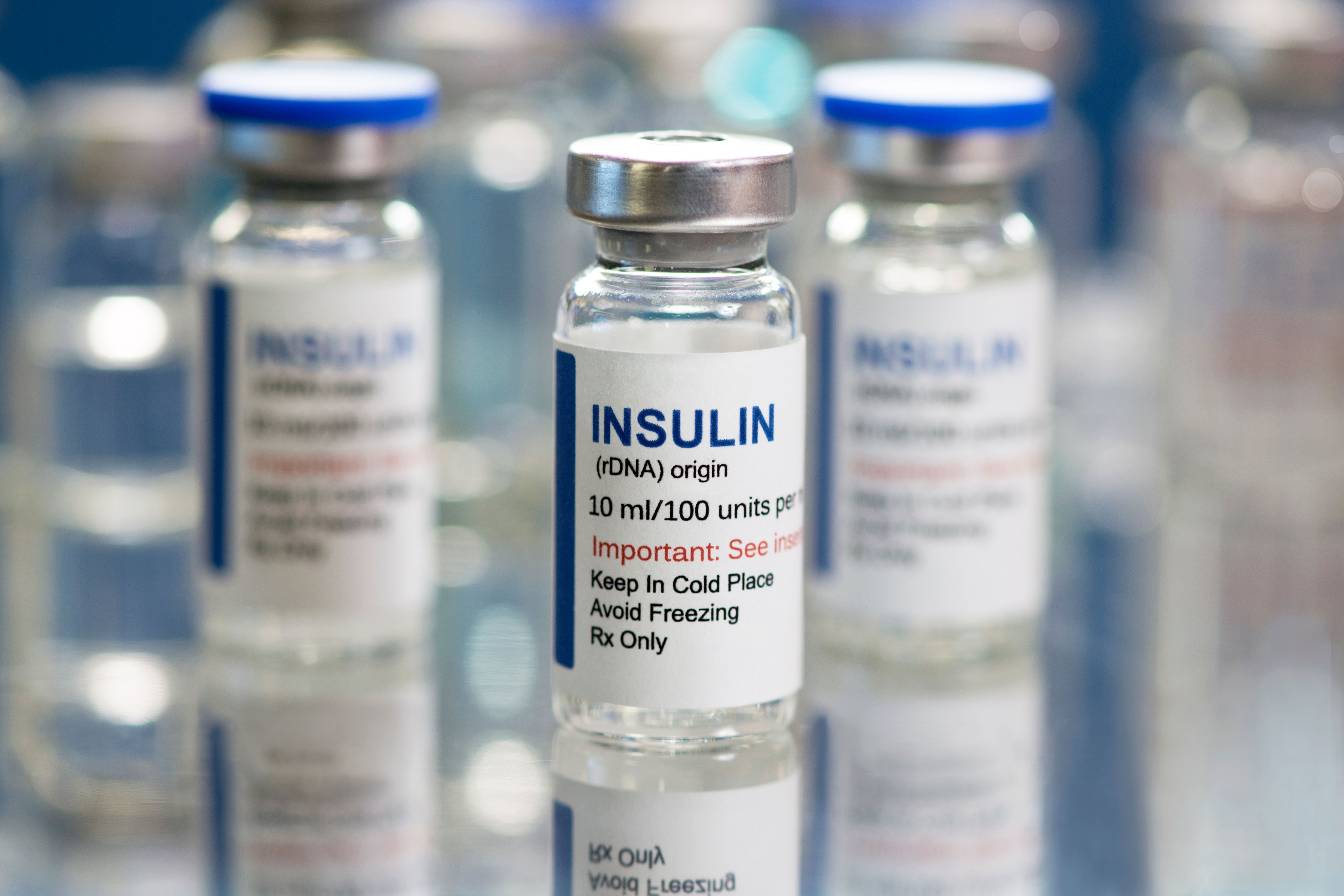Video
NAHPC Biosimilar Uptake Action Steps 2 and 3
The second and third NAHPC action steps on partnering with vendors to drive appropriate biosimilar adoption and reviewing specialty pharmacy benefit design to promote biosimilar uptake.
Transcript
Mohannad Kusti, MD, MPH: In that document for the National Alliance of Healthcare Purchaser Coalitions, step 2 recommends partnering with vendors to determine how to best drive appropriate adoption and utilization of these biosimilars. That will include having discussions, as I mentioned, with your PBM [pharmacy benefit manager] and your account executive. You also want to understand what’s coming in in the pipeline, what’s being approved, what has been approved, and what’s going to be approved. It’s also important to start planning for the future such as the next year as you’re designing your plan, and as an employer, what you’re planning on covering at full cost versus out-of-pocket for the members. I think these discussions, as mentioned previously, are very important to provide this better understanding, and it’s definitely a good action item.
Within the employer, the benefit team usually starts these conversations, depending on how the organization is structured. Either the HR [human resources] person would be having these discussions with the PBM or the health plan. In some organizations it’s the total reward team, and in other organizations it is purely a benefit, health and welfare. Within these organizations, some employers do have in-house medical advisers and pharmacy advisers. In other organizations, they utilize the same services as a consultant—they have a consulting corporate medical director, a consulting health service provider, who has a pharmacist training and background. Those are typically the folks who start and engage the PBMs and the health plans in these discussions.
The key questions for those team members within the organization that they would initiate the conversation with is, first, what is currently covered under the plan, what’s available, and what is already FDA approved, as well as if they’re not covered, why they’re not covered. These conversations sometimes get very difficult and challenging depending on the PBM or the other side, the vendor and the health plan. The main challenge that I’ve seen is it requires a lot of back and forth, and it’s time consuming because every person has to do their research and do their homework before having these discussions.
But also there’s the old way of doing things. There’s typically a huge focus on rebate guarantees. Any time significant changes are made to a plan, these rebate guarantees are affected. For a lot of organizations, they still heavily depend on those rebate guarantees coming back as funding for the company, not understanding the whole picture of how these rebates are coming back to the employer, and how much money they’re potentially losing in addition to the complete lack of transparency throughout that process. Many organizations can negotiate a 100% pass-through, but there are still some fees that are considered either administrative or other types of fees that are not typically disclosed. That is one of the biggest challenges.
The other challenge is that for organizations or companies that bargain their benefits, making changes sometimes requires a lot of communication back to the members. Sometimes you have to renegotiate it with the wage worker or bargain units for employers, which may represent some challenge throughout the process. From my experience, a lot of times adding more medications and explaining the benefits of having more options and potentially a cost reduction is well received, and makes that conversation go a little bit smoother.
With step 3 of the document, there is a regulation to review specialty pharmacy benefit design, to ensure that it supports appropriate use and access. This includes discussing how biosimilars are included in the plan and if they are considered at parity or considered preferred. If the plan is a tiered plan design, where the biosimilars fall into that needs to be considered. Also if there are any restrictions or exclusion criteria, and certain requiring of prior authorization and step therapy, and how that affects the utilization of biosimilars is important to understand and talk about. Additionally, in some plans, they offer incentives for using a reduced cost medication, such as reduced out-of-pocket costs or even money back to the members covered under the plan. There’s a lot that can be done, and there are also other potential creative ways to promote the utilization of a lower cost medication without obviously affecting the clinical outcome or the quality of care, which is what we’re trying to achieve here.





